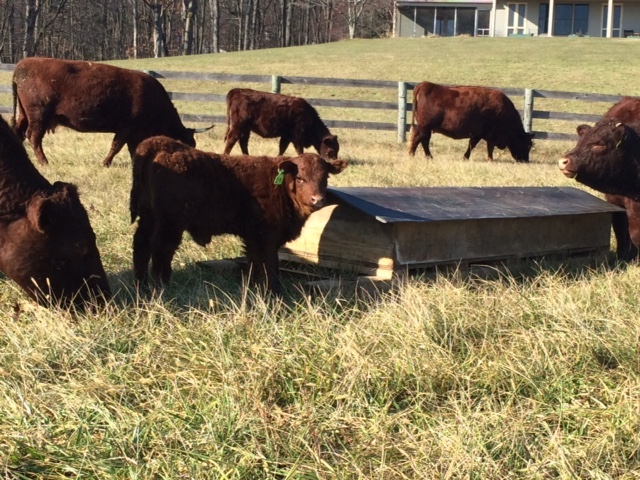
Thursday, April 25, 2019 - In this excellent article, Chris Reinhardt, K-State Research and  Extension beef specialist, reminds us that minerals are important building blocks of functional life and aid in countless body processes.
Extension beef specialist, reminds us that minerals are important building blocks of functional life and aid in countless body processes.
Speaking specifically about the beef cow herd and production beef, Reinhardt said that cows require macro minerals such as calcium, phosphorous, sodium, chlorine, potassium and magnesium, and also have needs for trace minerals including copper, zinc, selenium, manganese and cobalt.
Here are some excerpts from the article (in blue) with my comments (in red).
We need to be aware of the mineral balance in the forages a cow might be consuming, and we have to be aware of the demand that cow has for those minerals.
The needs of the cow change throughout the year, and the supply of minerals available changes tremendously throughout the year as well. Our job as producers is to make sure we are matching what the cow has access to with what her needs are.
Clinical deficiencies of minerals occur when a required mineral has been deficient in the diet for an extended period of time. Producers can see these deficiencies in obvious outward symptoms showing the animal is lacking a mineral or minerals. He cited a classic example that when cows become extremely phosphorus deficient, they will chew bones.
According to Reinhardt, many producers use the “one mineral concept,” where they buy a mineral that meets most of the animals’ needs most of the time. When the cattle eat it adequately and predictably, the producer simply leaves the mineral out year-round, even though consumption can vary considerably from season to season.
Another option is using different mineral formulations during different times of the year to accommodate the varying needs and availability of minerals.
Information on the mineral tag sometimes includes a recommended range of consumption. Depending on the animals’ needs, geography and pasture conditions, cattle may not eat the predicted amount of the mineral. In that case, it’s possible their mineral needs are not being met. Subclinical deficiencies are often difficult to detect and require a close watch.
“We want to ensure that we have the right formula for the cattle,” Reinhardt said. “If they’re not eating the mineral, we have to go back to the drawing board and find a product the cattle will eat.”
Read the Original Article Here